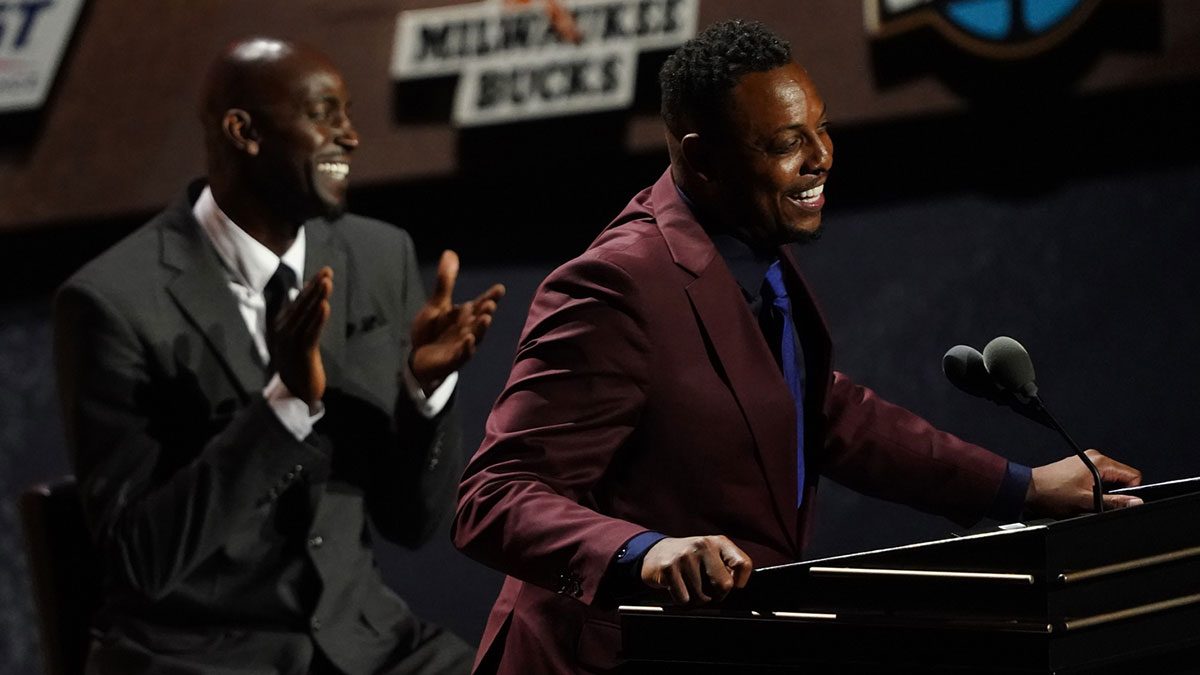New Restaurant Critics At The New York Times Shed Anonymity
When The New York Times announced who would become the new chief restaurant critic earlier this month, the news reverberated throughout the food world. Since the 1960s when author Craig Claiborne, who started his career in food journalism as a receptionist for Gourmet Magazine, imagined a regular dining section and a four-star scale system to rate restaurants, the food critics’ ultimate goal has been to remain anonymous.
This was such an integral part of the job that in 2005, Ruth Reichl wrote an entire memoir called Garlic and Sapphires, The Secret Life of a Critic in Disguise. Today, The New York Times’ new restaurant critic is shedding their cloak. Oh, and now there are two. Meet co-chief critics Ligaya Mishan based in New York and Tejal Rao in Los Angeles.
Ligaya Mishan and Tejal Rao, the new co-chief restaurant critics at The New York Times
Tony Cenicola/The New York Times: What will you gain by losing anonymity and what will you lose?
: The idea of perfect anonymity has never been completely realistic. It seems only one or two critics were able to achieve it before the era of social media, but when you live in a city and you go out to restaurants, you develop relationships with chefs and waiters and then they move to other places, so being under the radar is truly difficult. In the past, I enjoyed it but sometimes felt there were giveaways, such as how many different dishes I ordered. So, I don’t feel we were completely anonymous prior to this decision, and I don’t think we will be completely visible either.
: I agree. We know there were always critics’ photographs in restaurant kitchens. Since the announcement, I have gone to restaurants and been treated poorly, which thrilled me! I could still be a regular diner which is the experience I want to understand. It’s one thing to spot a celebrity but we are just ordinary people, and I believe that even without a disguise, it’s possible to slip through.
The late food critic Gael Greene hiding under her hat at Jean Georges restaurant. (Photo by James Keivom/NY Daily News Archive via Getty Images)
NY Daily News via Getty Images: Are you the new influencers?
: Aren’t the influencers the old critics? I think the difference is that the influencer has a positive connotation. They will make you want to do whatever they think is great, sort of when someone is hawking skin care products, but a restaurant review is public service journalism. We provide information so that you can make a decision. Maybe one thing gained by losing anonymity is that we hope we can build relationships with our readers. Perhaps by getting to know us and understand where we are coming from, they will know when to trust us and agree, or when they might not. I don’t want to influence people. I want them to think and wonder about the stories behind the restaurants. Every restaurant has a story to tell, and it can inform the basic question of ‘where should I eat tonight?’
: How will you compete with diners’ reviews on various platforms?
: I don’t think of the work we do as competing with individual diners. I think diners look at various platforms, and they will also watch our videos and read our reviews. There are a lot of things people can consume today and there’s room for all of it.
: How do you feel about the relationship between chef and recipe? Are you looking for an authentic dish or are you more curious about the interpretation of that dish?
Olives, mozzarella tomato salad, Greek salad, pasta, tortellini, pizza, pita sandwich, shish kebab, shakshuka, and hummus.
getty: I want to know what the restaurant is doing. If a restaurant specializes in the classics, then I am interested in that. If they are creative, then I am open to understanding what the chef is trying to say.
: Food is constantly changing. And the word authentic may not make sense when it comes to food. Even with classic recipes, many versions exist. There is such an abundance, dishes that are classics, others forward-thinking. We are curious to see how the chef’s personal story comes out on the plate. One chef will say that they are making a dish the way it needs to be made, the way it’s always been made, while the other will think, Let’s play!
: On a sensory level, what do you feel when you step into a restaurant?
Dinner laid out on the table.
getty: It depends but sometimes there are a lot of smells to take in. If there’s an open kitchen, you immediately get what the cooks are preparing or how clean the frying oil may be. Depending on the place, how am I getting greeted or not, what does the menu say about the restaurant?
: The texture of the sounds, how many people are there, the quality of the light.
: How will you divide the country?
: We are constantly in touch to make sure we don’t end up in the same place at the same time, but there is no formal divide. We will be zigzagging across the country.
: It’s part of a conversation with our editors. We are in the field, so we discuss what we feel would be interesting to our readers.
: Is video the new literary genre?
: Video is new to me, something I need to figure out because I am so used to writing, but it’s a wonderful way to connect with people so they can see who I am and understand why I write the kinds of reviews I write. I would not say it’s a literary form but it’s really valuable.
: I believe it’s a genre in itself. We have a fantastic team and through videos we are learning how to speak to our readers.
: When Pete Wells, the former restaurant critic, announced his retirement, he detailed how eating out so much had serious consequences for his health. How will you handle this part of the job?
: I run a lot. Right now, about 40 miles a week. I made a New Year’s resolution way before I knew about this job to do push-ups every day, and I am at 36 per day! Seems I’ve hit a plateau now, but I also did strength training this morning. It’s a work in progress. And when we are out, we don’t finish everything we order. I say that, and then dessert arrives and it’s game over!
: When a place is not amazing it’s easy to just take a few bites, but when it’s great, I just enjoy it. I too though am committed to my workout routines and self-care, so I’m hoping this will balance out this athletic eating and prevent us from getting sick. But so much about this job is about finding pleasure. I don’t want to curb that.










:max_bytes(150000):strip_icc()/PARENTS-Hello-Kitty-and-Cocomelon-558d28afabf74da69931b35b2382a9cd.jpg)


